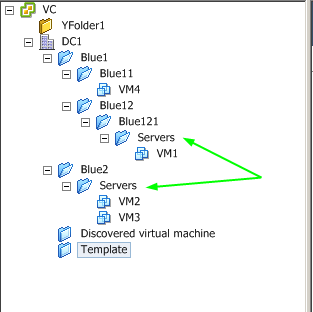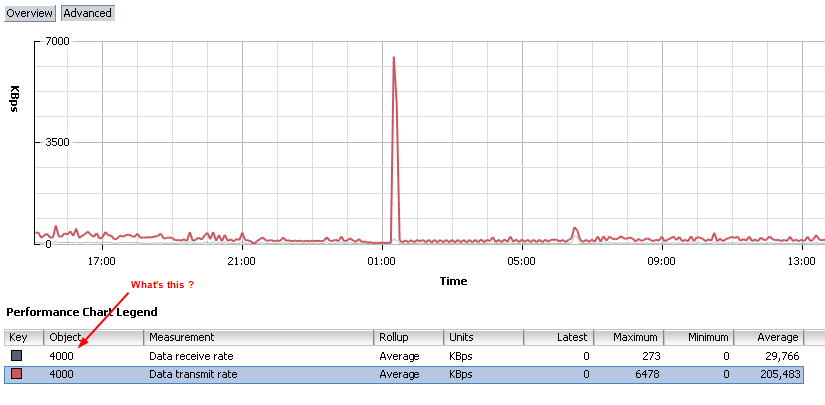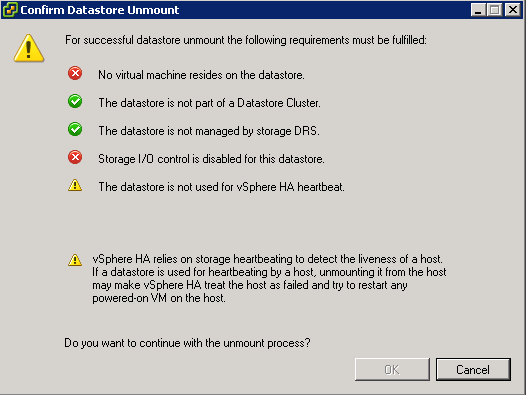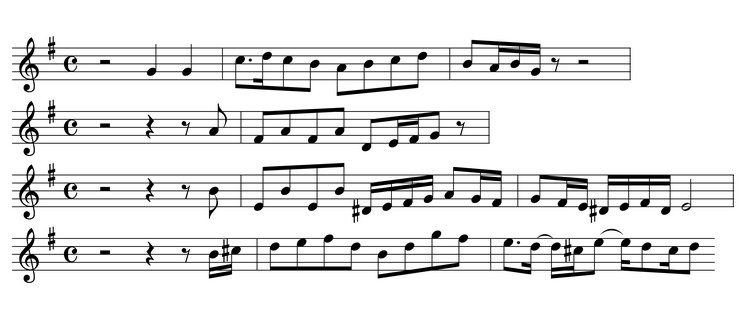It’s that time of the year again I’m afraid.
While this blog tried to bring you useful PowerCLI scripts and functions throughout the year, I now have to revert into begging mode. The VMworld Call for Papers Voting is open !

If you enjoyed one or more of the blog posts here, or if I answered one of your questions in the PowerCLI Community, or if you enjoyed one of our sessions during a previous VMworld, please cast your vote on the sessions I submitted for VMworld 2012.
Session 1328 is offering the best of all worlds. It will answer all the questions you might have about Automation and vSphere. The panel includes superstars William Lam and Alan Renouf, and the master of ceremonies is none other than Pablo Roesch. You can’t go wrong with this session !
Session 1329, which I submitted together with my long-time co-presenter and co-author Alan Renouf, will be the sequel to our successful Best Practices session from last year. There will be a ton of new best practices ! When you use PowerCLI, or intend to use it, this is the session you shouldn’t miss.
Thanks for your vote 🙂





